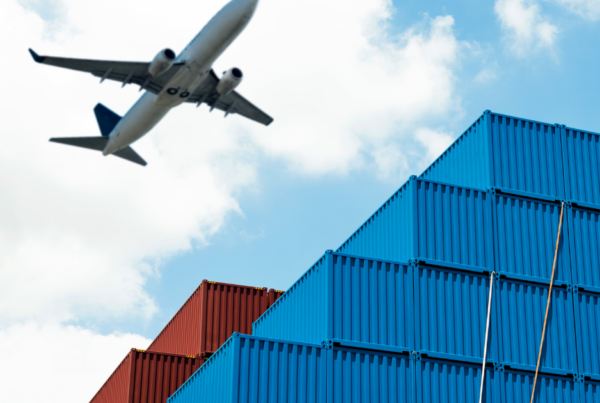On Monday, the US Trade Representative announced a 3rd tranche of import tariffs against $200 billion of Chinese imports. These tariffs will go into effect on Monday, September 24th at 10% until January 1, 2019 when they will escalate to 25%. Upon making this announcement, the President advised that if China retaliates he is prepared to call for a fourth round of tariffs on $267 billion of additional imports. The full list of goods can be found here.
This continued trade battle began on July 6th with a the first round of tariffs on $34 billion worth of Chinese goods and the second round started on August 23rd on $16 billion. While these initial tariffs were structured to mitigate the impact on US consumers, the newest round is expected to start driving up prices on retail products, though the highest tariffs aren’t being implemented until after the holiday shopping season. Almost immediately upon the announcement, China announced they would be retaliating with $60 billion in tariffs against US imports.
While many companies are working to find alternatives in their supply chain for the impacted goods, this is an expensive and timely process that asks businesses to completely restructure their working models. As the tariffs have been applied since midsummer, many companies are hard at work finding a contingency plan they can get into place before the larger tariffs hit at the first of the year. Some sources are moving up shipping dates or increasing orders to collect pre-tariff inventory while many are searching for suppliers elsewhere.
Further to these issues, the USTR has declined exempting goods that were manufactured in Foreign Trade Zones under this new round. This comes on the heels of the US Court of International Trade approving a 3 judge panel to hear questions on the constitutionality of the Section 232 tariffs regarding the steel tariffs.
We are currently seeing a sharp increase in ocean container traffic between China and the US as customers and major retailers are rushing to have cargo arrive and clear Customs prior to next tariff increase. For holiday gift items one or two months of storage cost is well below the coming tariff rate increases. This has also effected the Asia countries that share ocean carrier lanes with Chinese products. This increased demand has not gone undetected by the ocean carriers and we are seeing third quarter rate increases as they try to lessen their losses from the first half of the year. We at CFI will continue watching and monitoring these stories and updating our customers as new information becomes available. If you have any questions or concerns, please contact your CFI representative.




